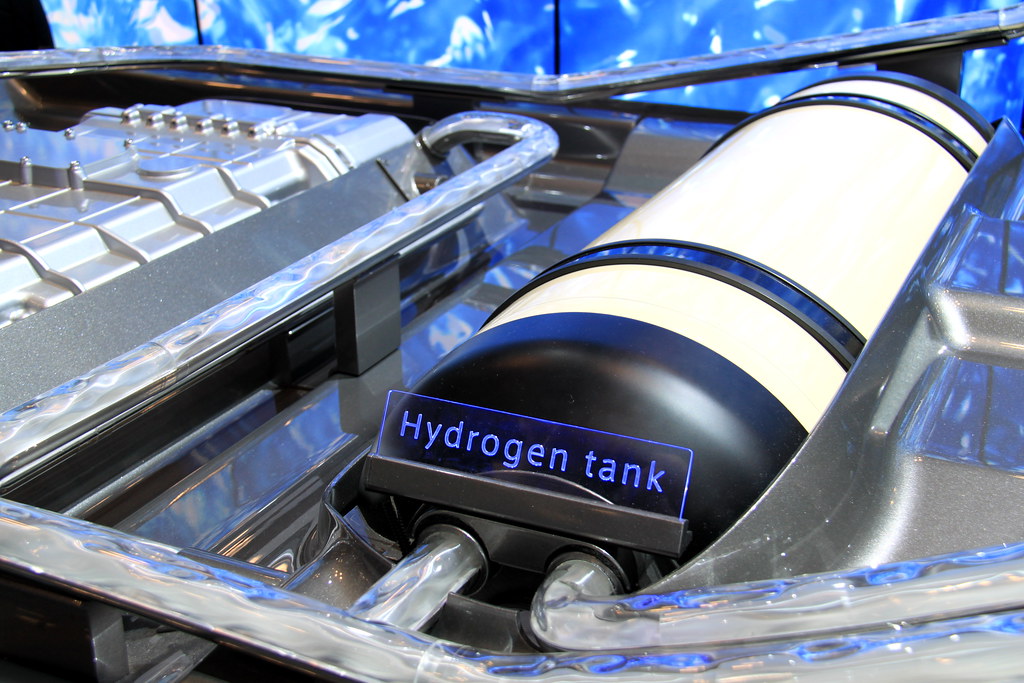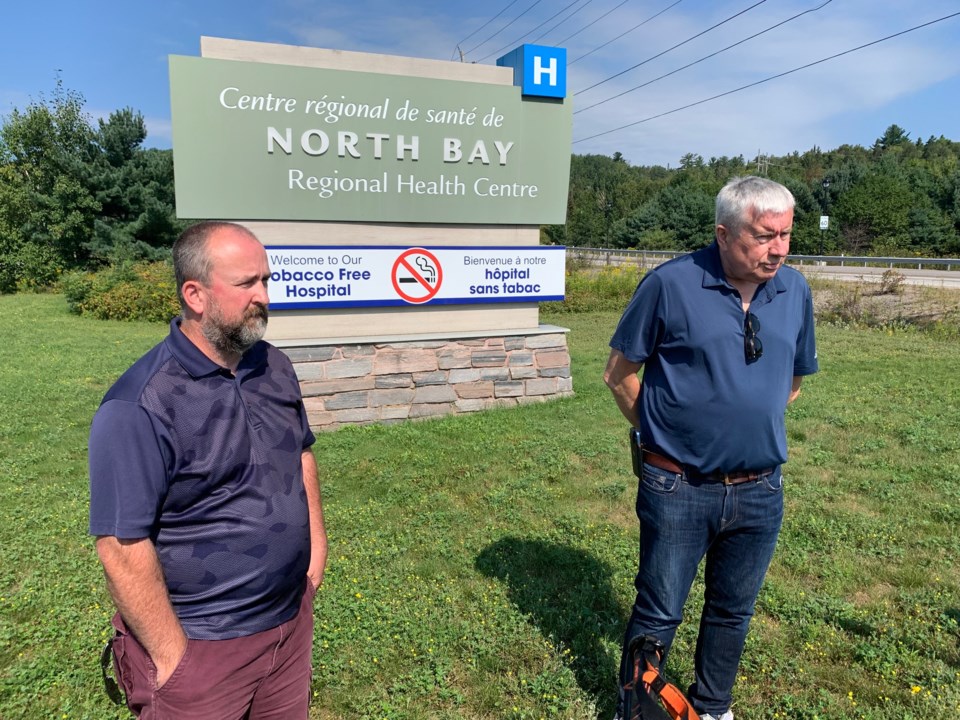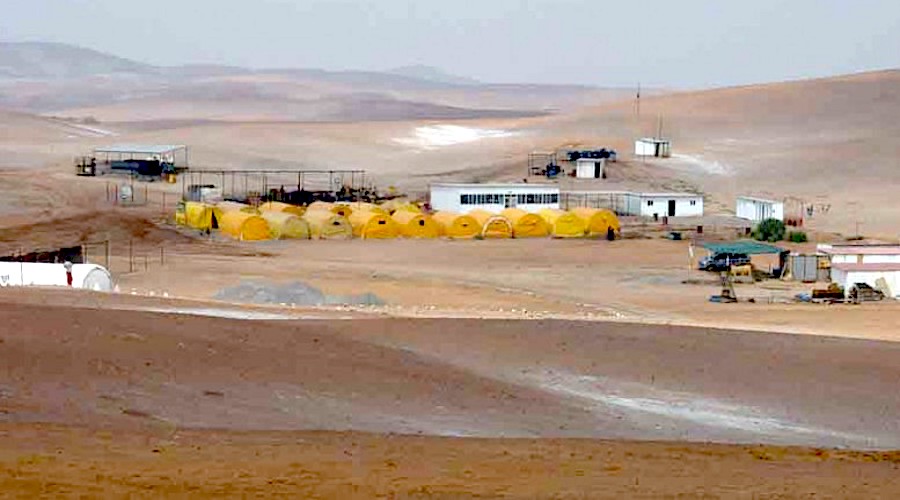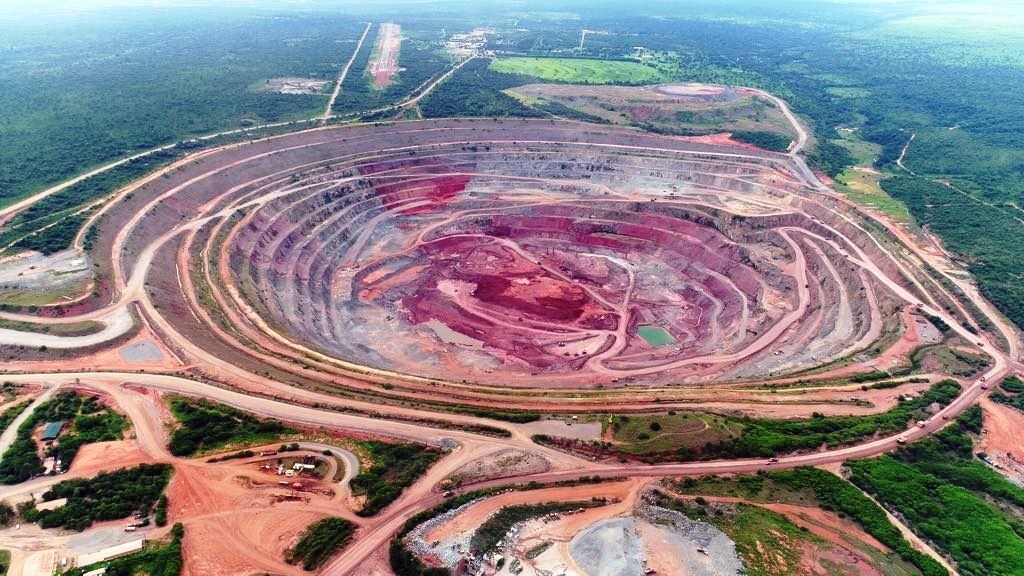From open burning to open dialogue, these actions can mitigate the climate crisis, scientists say
Modern technology, age-old practices and greater
connectivity and communication offer hope

Beaches and Mountains is an audio series exclusive to CBC Listen's On Demand streaming platform hosted by scientist Johanna Wagstaffe and storyteller Rohit Joseph.
It explores the many connections between our favourite natural spaces to be in, why they matter to us as humans, and how we have to fight to preserve them in the face of climate change.
The writing is on the wall that climate change is already taking its toll on British Columbians.
Rising sea levels, raging fires and crop-crippling drought have, or will, affect livelihoods and alter the beautiful landscapes that provide recreation and respite to so many.
Yet as the coast erodes, the province burns and people choke on smoke, climate experts say there are some actions that have been taken — and some that still could be — to help combat the problems we are seeing now and whatever damage is yet to come.
"We have to find hope," says Alan Shapiro, a B.C.-based ocean scientist and environmental consultant.
Fortunately, he has.
Solutions at sea
Shapiro says in the last year, he has seen an emergence of businesses and solutions that are "genuinely trying to engage" with climate change challenges.
He says one of the best homegrown solutions-based ideas he has seen so far is in Victoria, where a company has developed unmanned surface vehicles (USVs) that can remain at sea for months and collect data.
Open Ocean Robotics, founded by former National Geographic explorers Julie and Colin Angus, is using the data collected to help plot fuel-efficient shipping routes, learn more about rising sea levels and temperatures, monitor for oil spills and track illegal fishing and dumping.

The information is also critical for scientists.
"Just even understanding climate impacts on oceans, we need more data," says Shapiro. "They're helping us by mapping the oceans, especially in this time of climate change."
Fight fire with fire
While robots monitor sea levels — which are expected to rise half a metre by 2050 — many British Columbians are, right now, more worried about fire than water.
Thousands of people have fled or are on edge as wildfires rip through the Interior, and while it is starting to feel like a seasonal normality, experts say it doesn't have to be.
For generations, Indigenous people used controlled burning to get rid of underbrush and other excess fire fuel that could enable a wildfire to grow out of control.
Former Yuneŝit'in government chief Russell Myers Ross, who leads his community's fire management program, told CBC in July those burns are also a way for Indigenous people to regain knowledge lost to colonialism.
"This is something that has been done by our ancestors for hundreds of years, if not longer," he said. "It's a real chance for us to regain that practice."
Fire ecologist Robert Gray says it's time the province works with Indigenous people to put that knowledge into action. He says it is a long-term solution that can work.
"Historically, average fire size was less than 50 hectares and we can actually get back to that," said Gray.
As of Sunday, more than 8,600 square kilometres of B.C. has burned since April 1.
Spread the word
While it may sound like a small contribution, talking to other people about the climate dilemma is important, Shapiro says. He says research shows most deniers who change their minds, or people who start to engage more with the topic, do so because of human interaction.
"Helping people convert climate into concrete instead of this abstract climate change crisis that we're not engaged with, I think that's the biggest thing that we can do as individuals," says Shapiro.

A silver lining of the COVID-19 pandemic is how it created a shared experience people all over the world can speak to each other about, he said. It also brought international leaders and policy makers together to tackle something that put everyone on the planet in jeopardy.
This increased connectivity and communication could come in handy, says Shapiro.
"That shared experience, I think, is such a great jumping-off point for the kinds of collaborations we need for climate work," he said.
With files from Rohit Joseph, Johanna Wagstaffe and Ethan Sawyer












.jpg?ext=.jpg) The Doel plant (Image: Electrabel)
The Doel plant (Image: Electrabel)